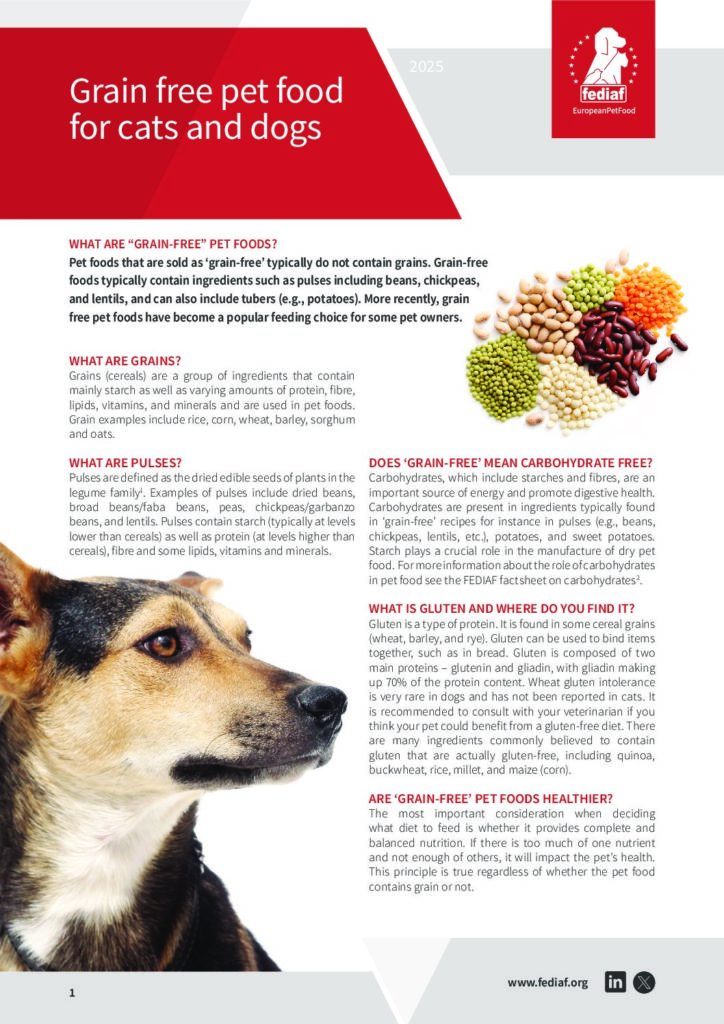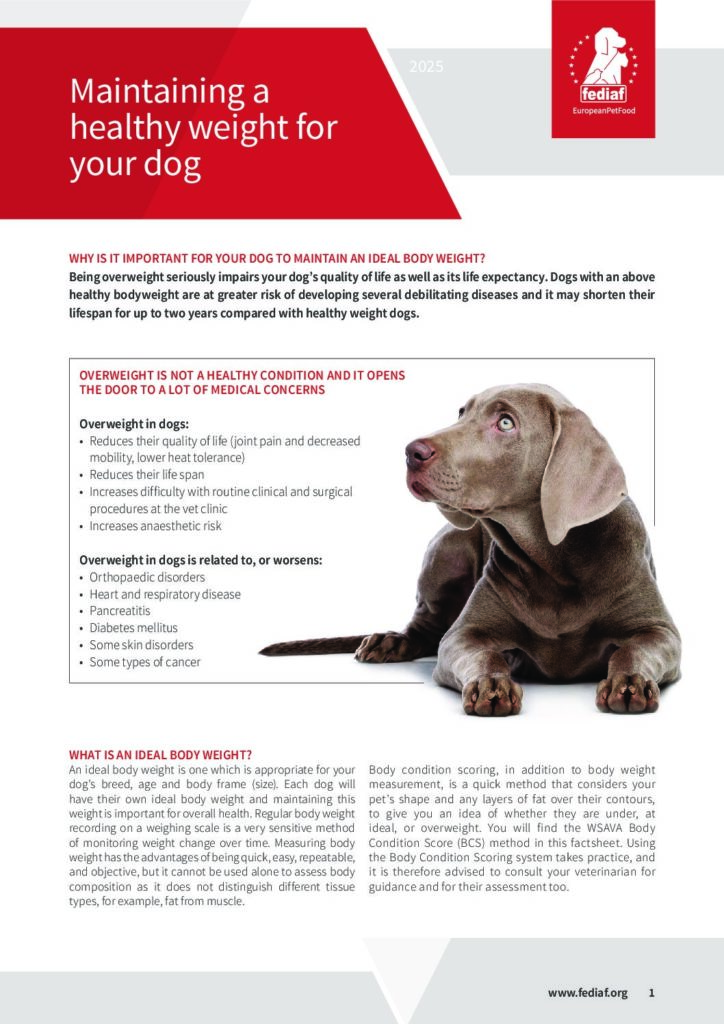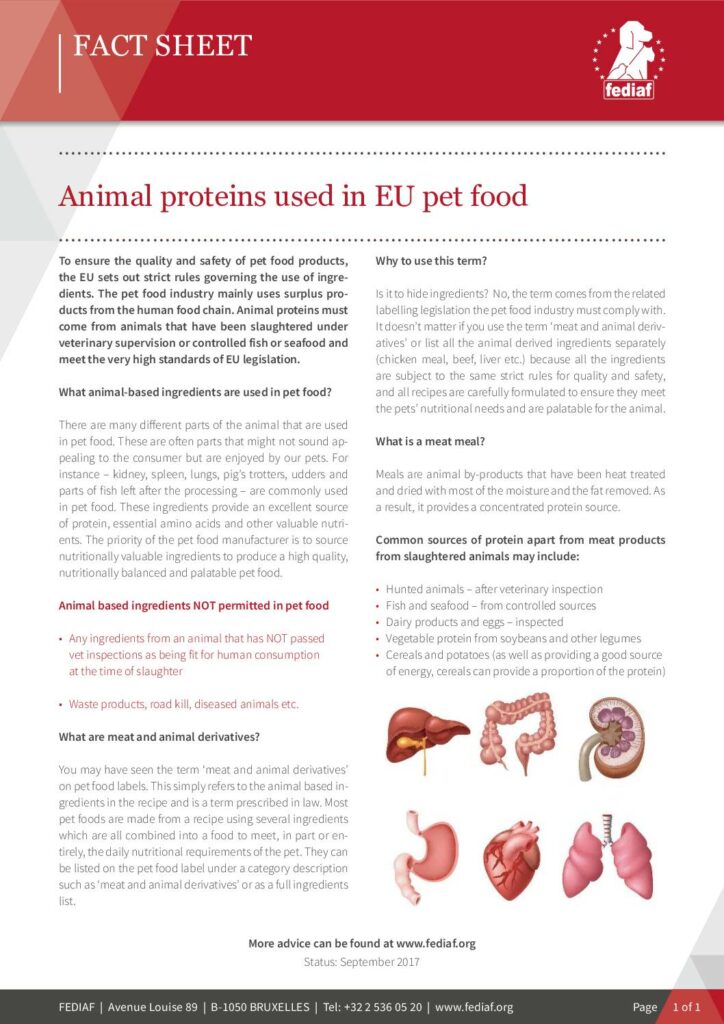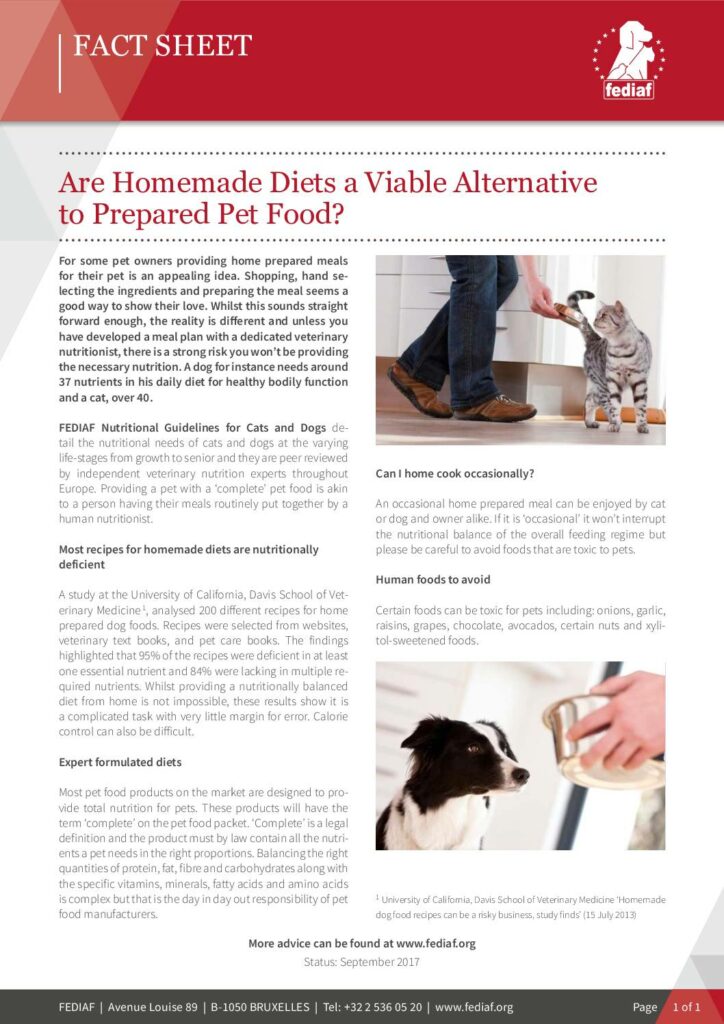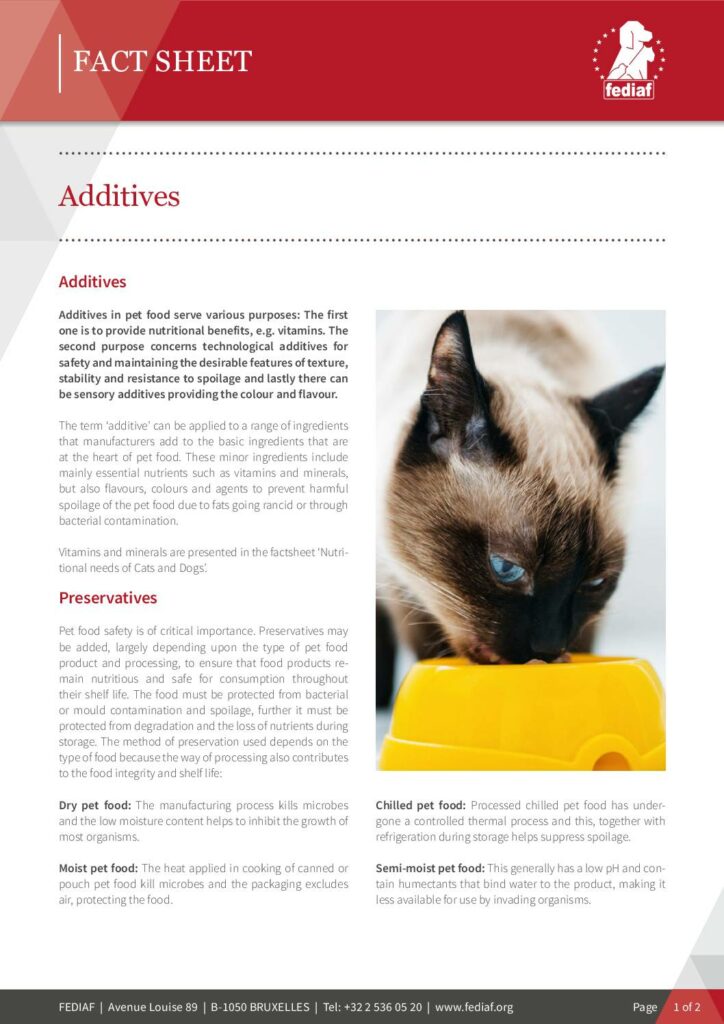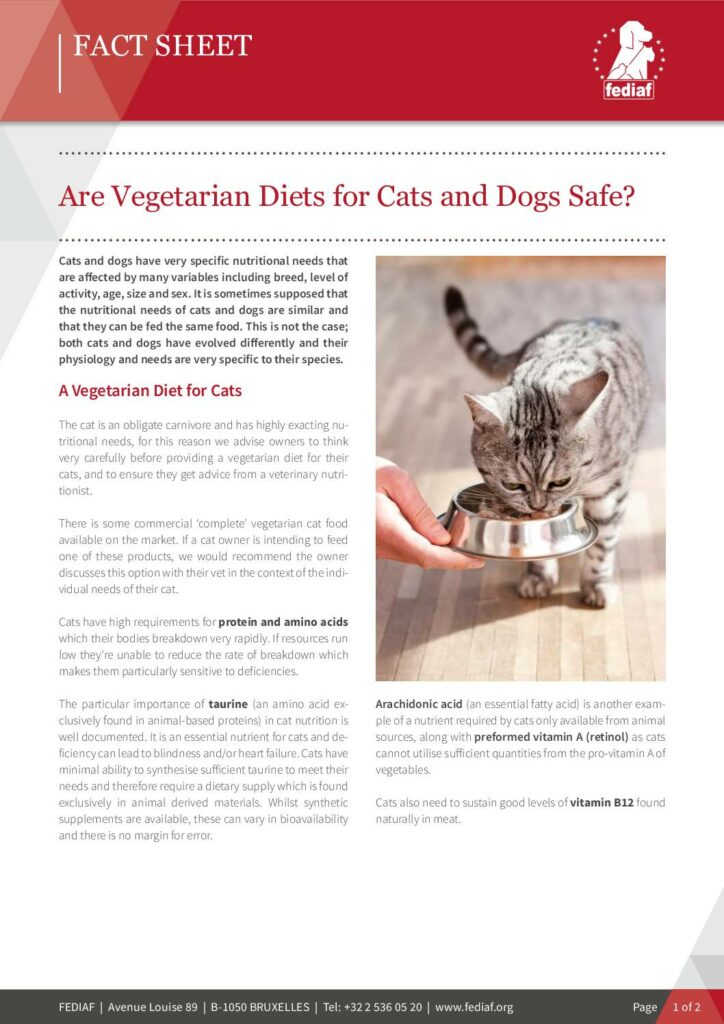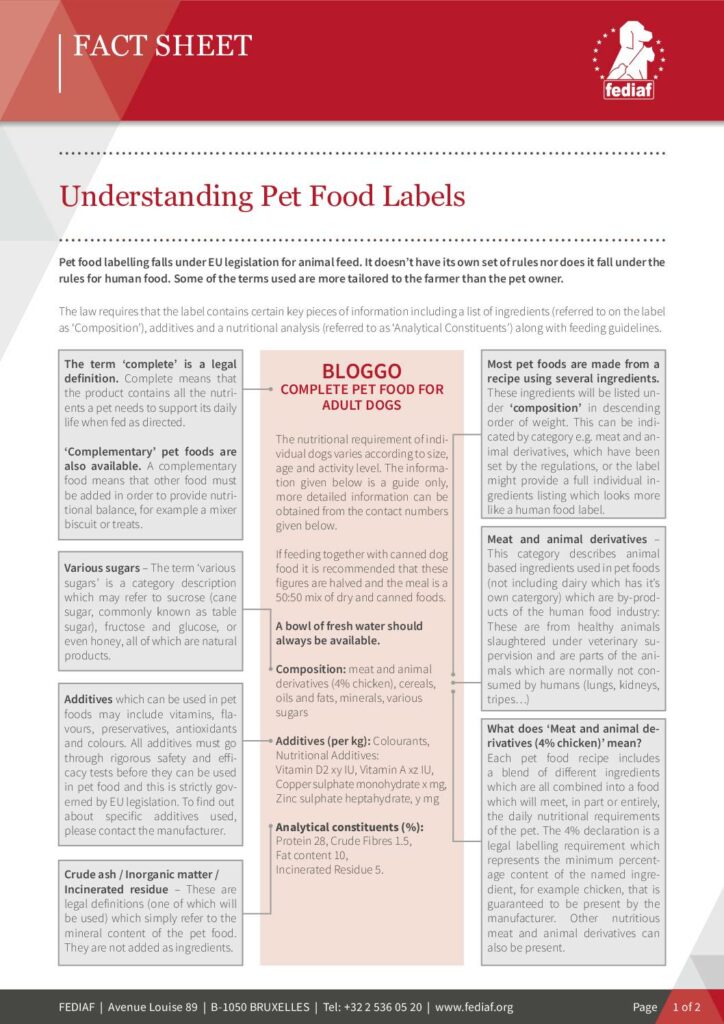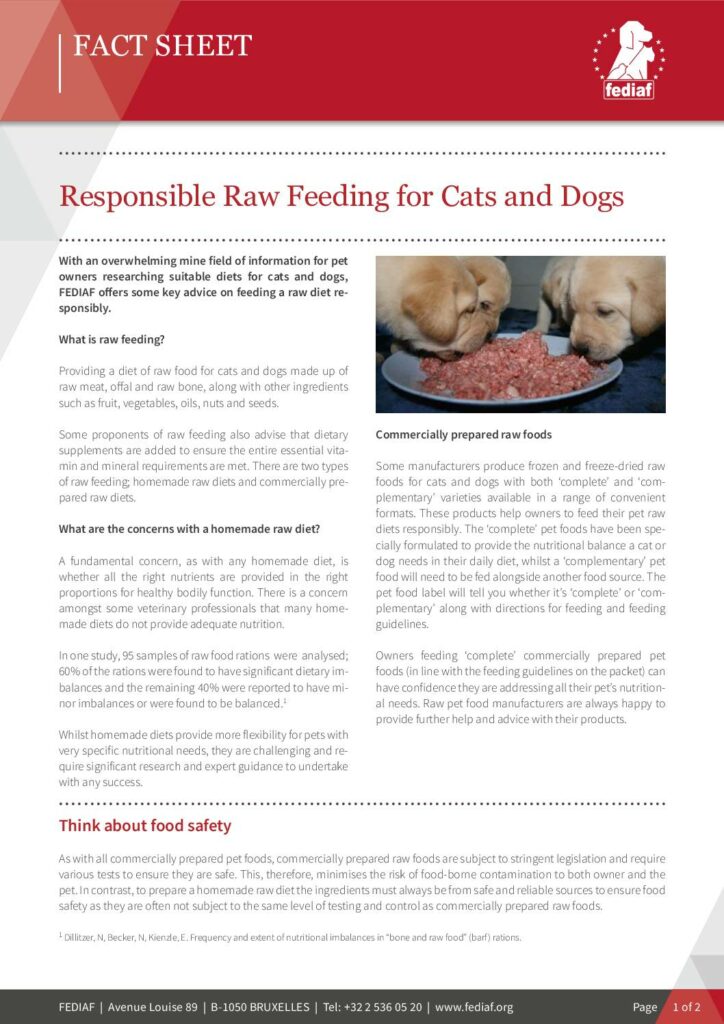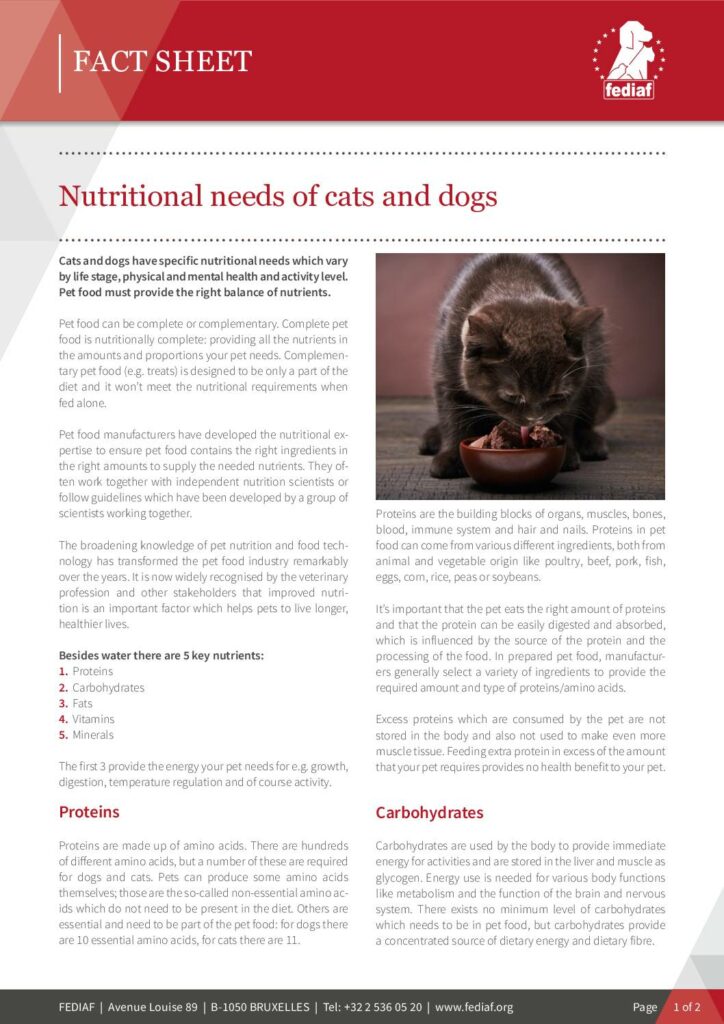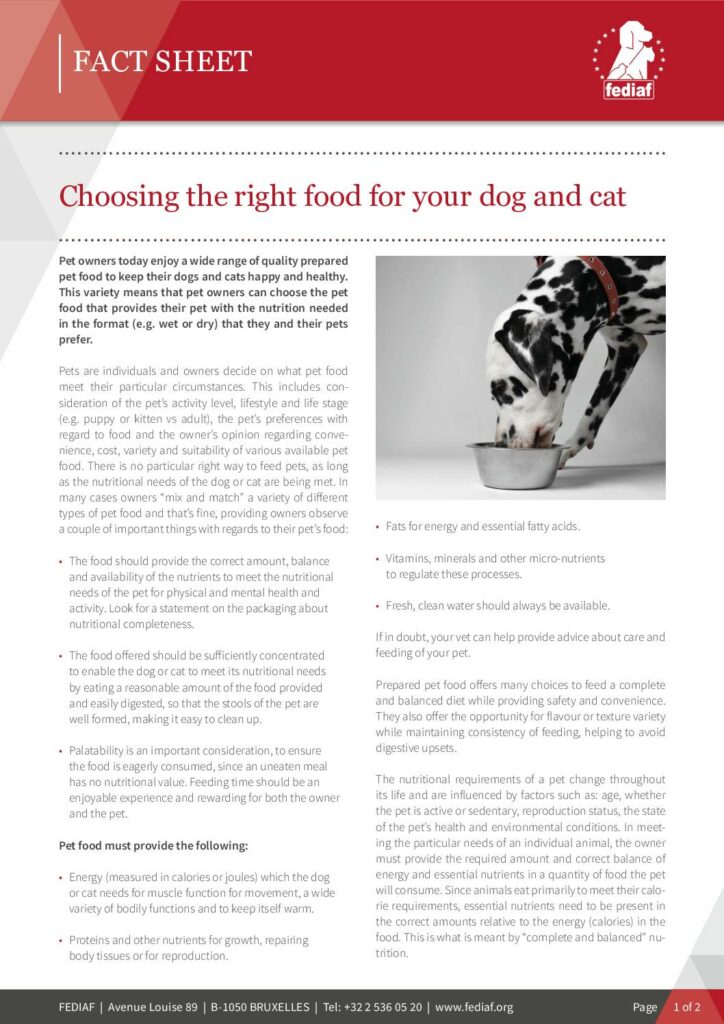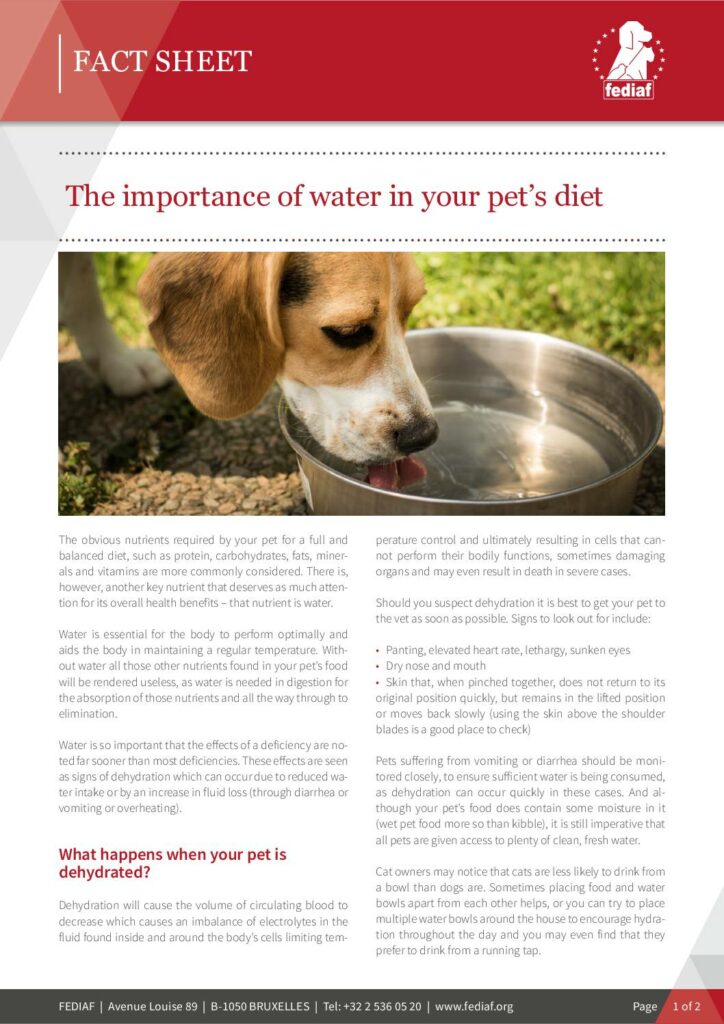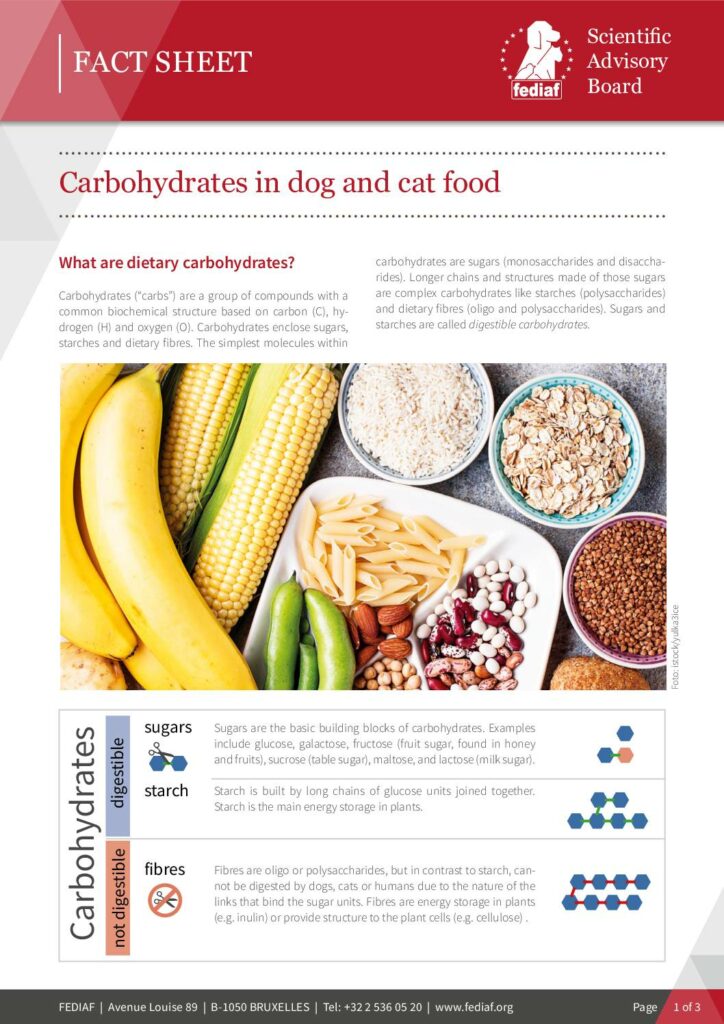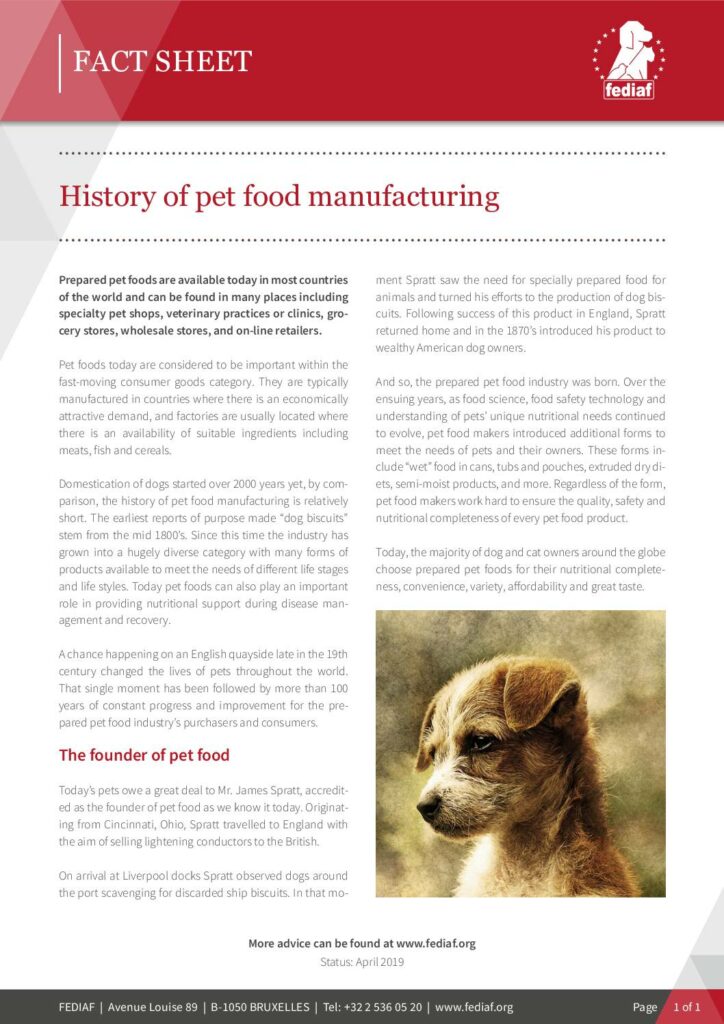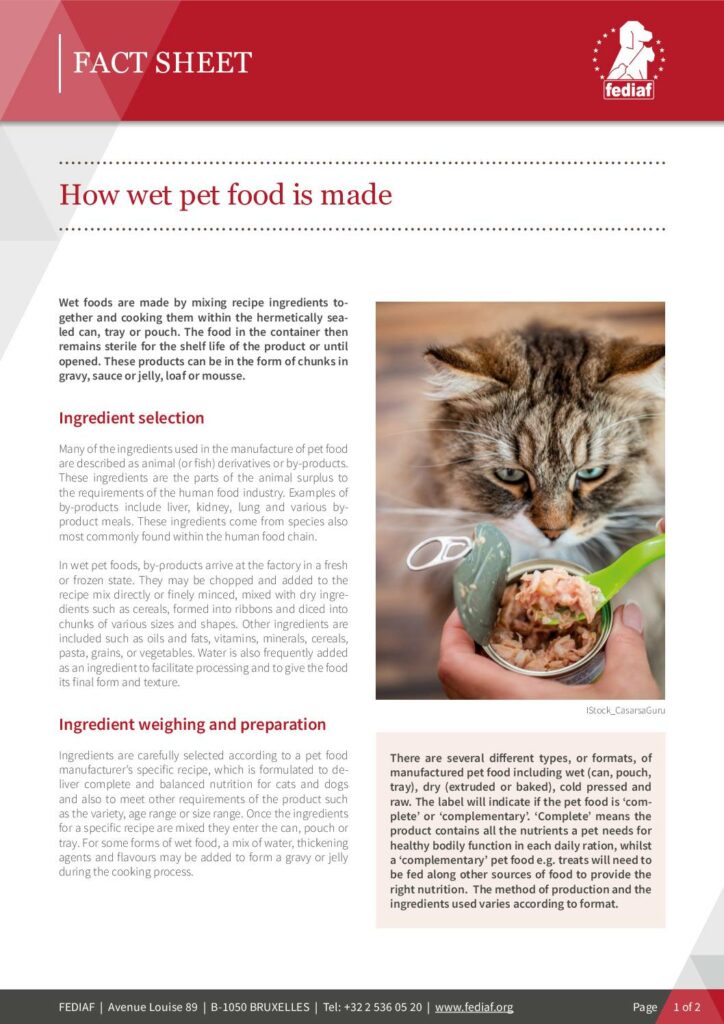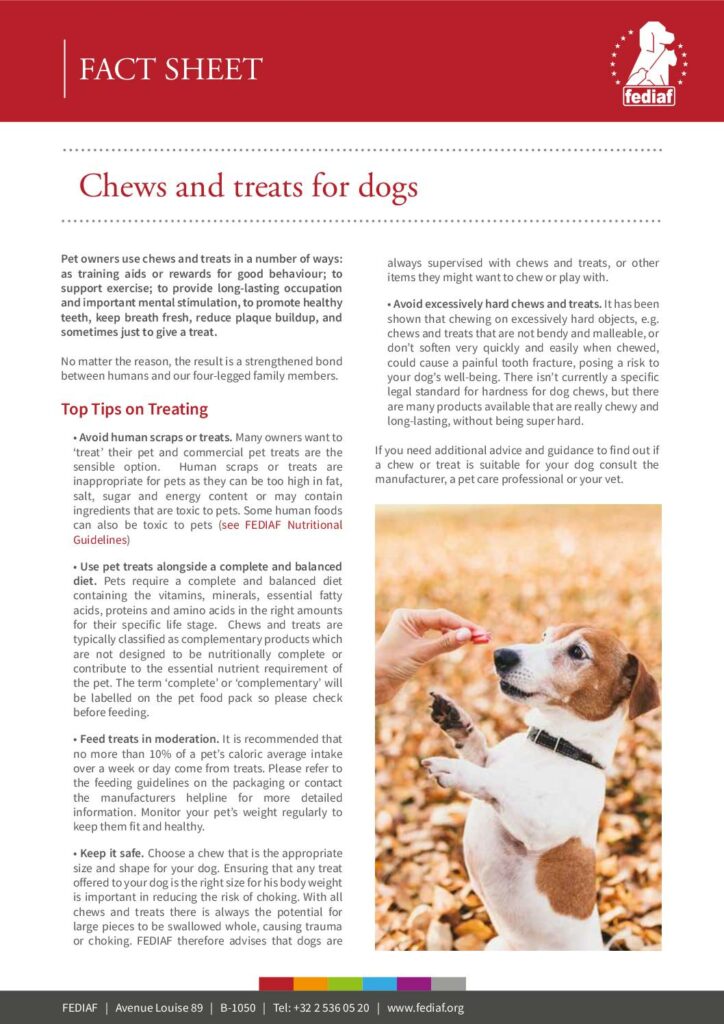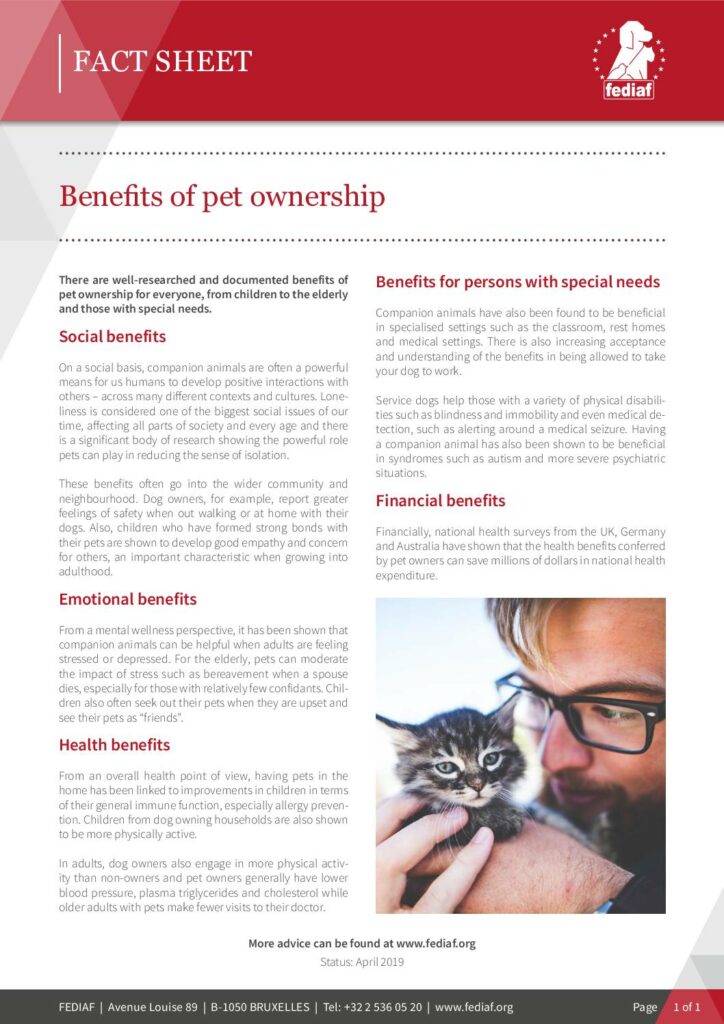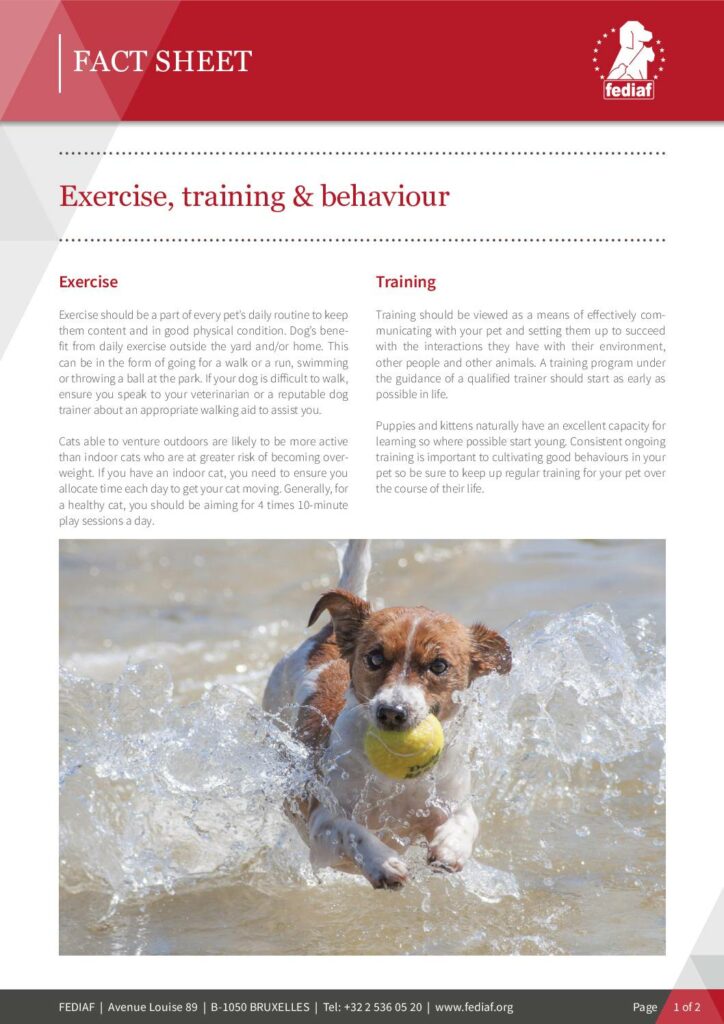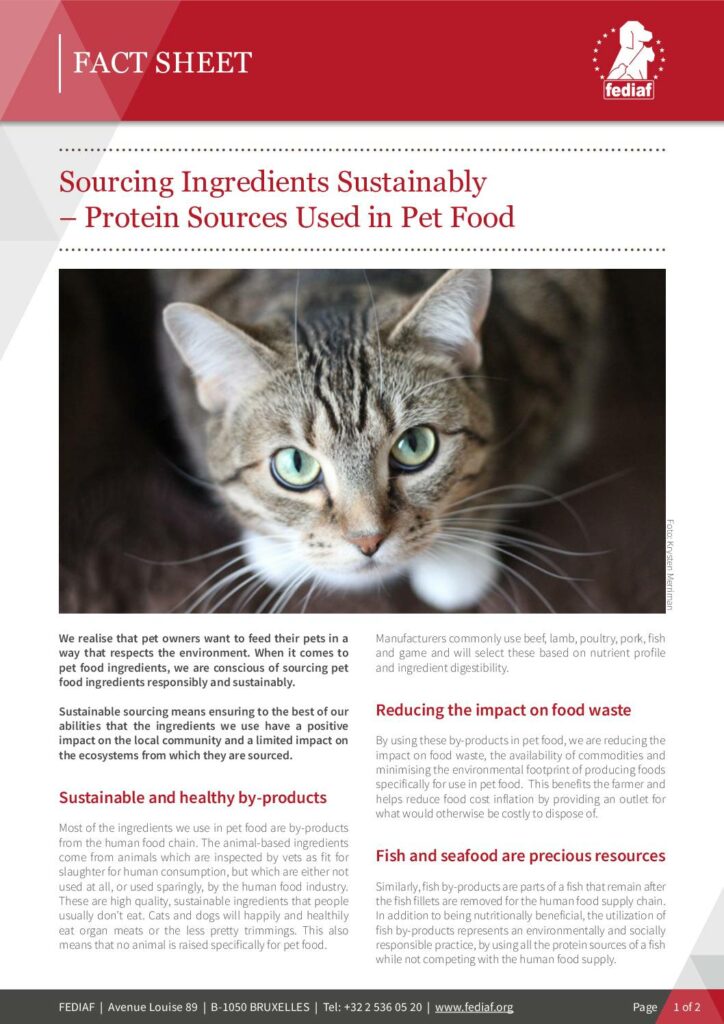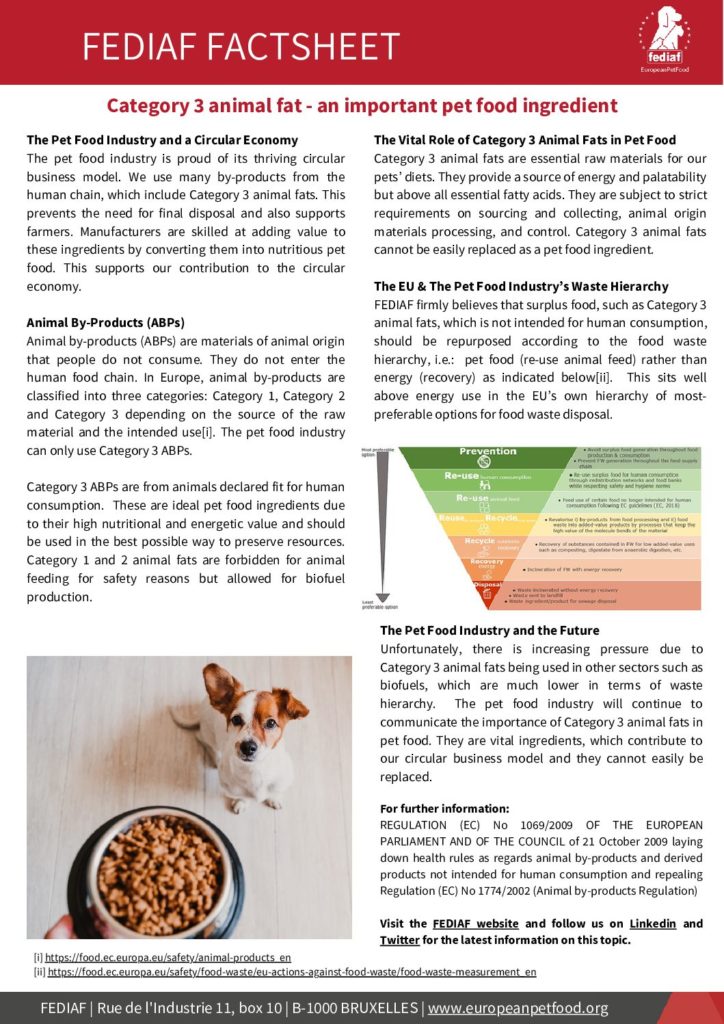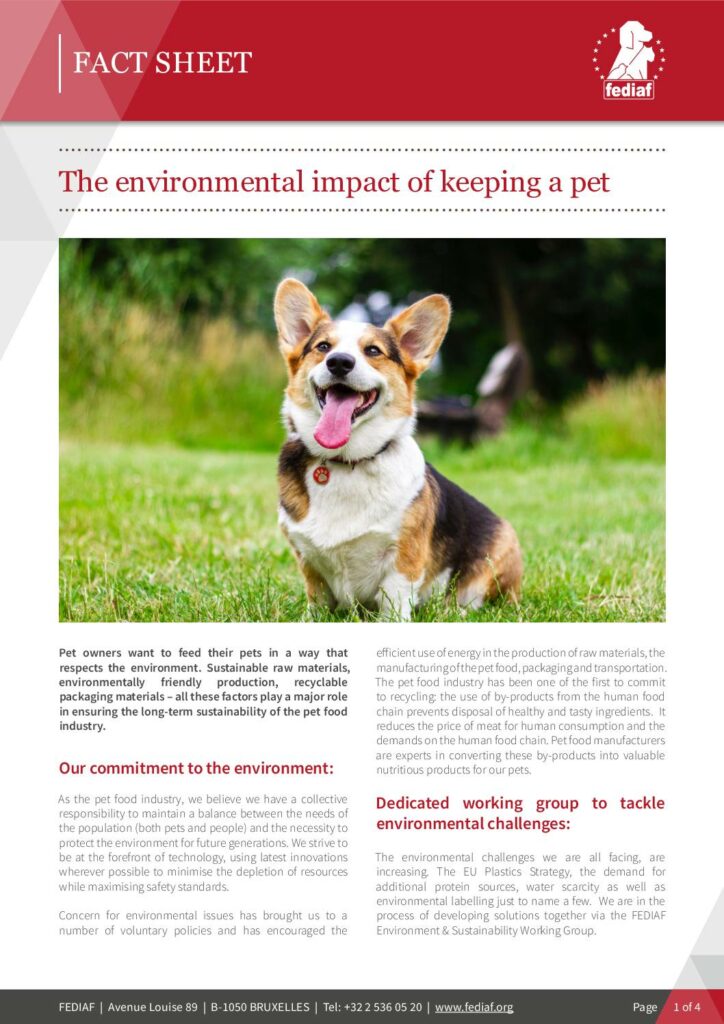NUTRITION
Grain free pet food for cats and dogs
This factsheet provides a comprehensive overview of grain-free pet foods, explaining what they are, how they differ from grain-containing diets, and addressing common misconceptions.
Maintaining a healthy weight for your cat
This factsheet on healthy cat weight offers guidance on maintaining optimal weight through balanced nutrition, appropriate portion sizes, and regular physical activity, emphasizing the importance of monitoring body condition to prevent obesity-related health issues.
Maintaining a healthy weight for your dog
This factsheet on healthy dog weight offers guidance on maintaining optimal weight through balanced nutrition, appropriate portion sizes, and regular physical activity, emphasizing the importance of monitoring body condition to prevent obesity-related health issues.
Insect-based Ingredients
While there is a wide range of pet food products to choose from, those containing insect-based ingredients help broaden the choice for pet owners.
Animal Proteins
This fact sheet explains the strict guidelines covering pet food products and ingredients including animal proteins.
Home Made Diets
Detailing that dogs require 37 nutrients and cats over 40 for healthy bodily function, this fact sheet explains why homemade diets are unlikely to be a viable option.
Additives
Giving information on the most commonly used additives in pet food, this sheet explains why they are sometimes necessary.
Vegetarian diets
With cats and dogs having specific – and very different - nutritional needs, this fact sheet explains whether a vegetarian diet is safe.
Understanding Pet Food Labels
This complex topic is explained in this fact sheet, with clear descriptions given for each of the categories appearing on pet food labels.
Responsible Raw Feeding
This FEDIAF fact sheet gives excellent advice on how to feed a raw diet responsibly.
Nutritional needs of cats and dogs
This FEDIAF fact sheet focuses on the role of five key nutrients needed for a healthy life of cats and dogs.
Can I feed dog food to my cat?
Differences between the nutritional requirements of dogs and cats explained in this factsheet.
The benefits of commercially prepared pet food
This factsheet explains what the commercially prepared pet food can deliver and why it is so popular.
Choosing the right food for your dog and cat
Practical advice on what to consider when selecting a food for your pet from a big range of products explained in this FEDIAF factsheet.
The importance of water in your pet’s diet
Why is the water essential for your pet? What happens when your pet is dehydrated and how to recognise that? How much should a pet drink during the day? This factsheet provides answers to these questions.
Carbohydrates in dog and cat food
In response to controversy around the role of carbohydrates, FEDIAF has worked with nutrition experts on its Scientific Advisory Board to develop a new factsheet about carbohydrates in dog and cat food.
QUALITY AND SAFETY
How dry pet food is made
In this series of factsheets on how pet food is made, you can discover the whole process of making pet food. From the selection of ingredients to the manufacturing processes.
How wet pet food is made
In this series of factsheets on how pet food is made, you can discover the whole process of making pet food. From the selection of ingredients to the manufacturing processes.
The safety of pet food
A responsible pet food manufacturer will take safety and quality very seriously and will have his own defined processes and standards that help ensure the safety and quality of their ingredients and products. Find "how" in this factsheet.
Chews and treats for dogs
FEDIAF expertsgive advice on how to make the best of these products, in orderto ensure a healthy, nutritionally sound and safe diet is providedfor our four-legged companions.
RESPONSIBLE PET OWNERSHIP
Benefits of pet ownership
There are well-researched and documented benefits of pet ownership for everyone, from children to the elderly and those...
Exercise, training and behaviour
Exercise Exercise should be a part of every pet’s daily routine to keep them content and in good physical...
ENVIRONMENT AND SUSTAINABILITY
Sourcing ingredients sustainably – Protein sources used in pet food
In this factsheet you can find out how our industry strives that the ingredients we use have a positive impact on the local community and a limited impact on the ecosystems from which they are sourced.
Category 3 Animal Fat - an important Pet Food Ingredient
In this factsheet, you can read more about different animal by-products and why Category 3 animal fats are important for the pet food industry.
The Environmental Impact of Keeping a Pet
Pet owners want to feed their pets in a way that respects the environment. So do we. Find out how in this factsheet.
